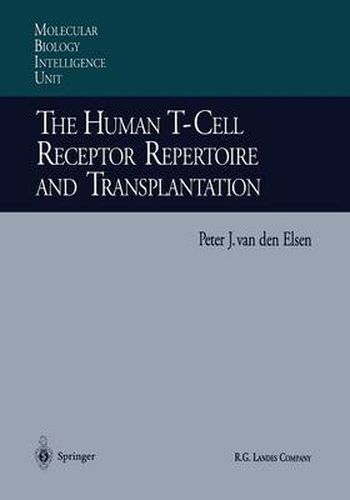Readings Newsletter
Become a Readings Member to make your shopping experience even easier.
Sign in or sign up for free!
You’re not far away from qualifying for FREE standard shipping within Australia
You’ve qualified for FREE standard shipping within Australia
The cart is loading…






This title is printed to order. This book may have been self-published. If so, we cannot guarantee the quality of the content. In the main most books will have gone through the editing process however some may not. We therefore suggest that you be aware of this before ordering this book. If in doubt check either the author or publisher’s details as we are unable to accept any returns unless they are faulty. Please contact us if you have any questions.
these analyses it became clear that the MHC class I molecule com prised a distinct groove on the external side of the molecule. The sides of the groove are formed by the a-helical structures of the a and a 1 2 domains and a floor which is formed by 8 anti-parallel 13 strands. The various polymorphic residues, as determined from DNA sequence analysis, are localized within these a-helices and 13-plated sheets within the groove. More importantly, these analyses also revealed the presence of elec tron-dense material in the groove. This material was subsequently iden 568 10 tified as a linear peptide of 8-10 amino acids long. * *- High resolu tion crystallographic analyses of the class I MHC structure have revealed the existence of so-called pockets within the grooves of the MHC class I molecules. These pockets designated A-F, exhibited allele-specificity and are directly involved in the binding of the peptide, primarily through interaction with the dominant anchor residues as found in MHC class I associated pep tides. 6,7,9,11 The class II MHC antigens consist on the cell surface of a 34 kD a chain non-covalently associated with a 28 kD 13 chain. With the excep tion of the DR a-chain, all other MHC class II a and 13 chains are poly morphic.
$9.00 standard shipping within Australia
FREE standard shipping within Australia for orders over $100.00
Express & International shipping calculated at checkout
This title is printed to order. This book may have been self-published. If so, we cannot guarantee the quality of the content. In the main most books will have gone through the editing process however some may not. We therefore suggest that you be aware of this before ordering this book. If in doubt check either the author or publisher’s details as we are unable to accept any returns unless they are faulty. Please contact us if you have any questions.
these analyses it became clear that the MHC class I molecule com prised a distinct groove on the external side of the molecule. The sides of the groove are formed by the a-helical structures of the a and a 1 2 domains and a floor which is formed by 8 anti-parallel 13 strands. The various polymorphic residues, as determined from DNA sequence analysis, are localized within these a-helices and 13-plated sheets within the groove. More importantly, these analyses also revealed the presence of elec tron-dense material in the groove. This material was subsequently iden 568 10 tified as a linear peptide of 8-10 amino acids long. * *- High resolu tion crystallographic analyses of the class I MHC structure have revealed the existence of so-called pockets within the grooves of the MHC class I molecules. These pockets designated A-F, exhibited allele-specificity and are directly involved in the binding of the peptide, primarily through interaction with the dominant anchor residues as found in MHC class I associated pep tides. 6,7,9,11 The class II MHC antigens consist on the cell surface of a 34 kD a chain non-covalently associated with a 28 kD 13 chain. With the excep tion of the DR a-chain, all other MHC class II a and 13 chains are poly morphic.